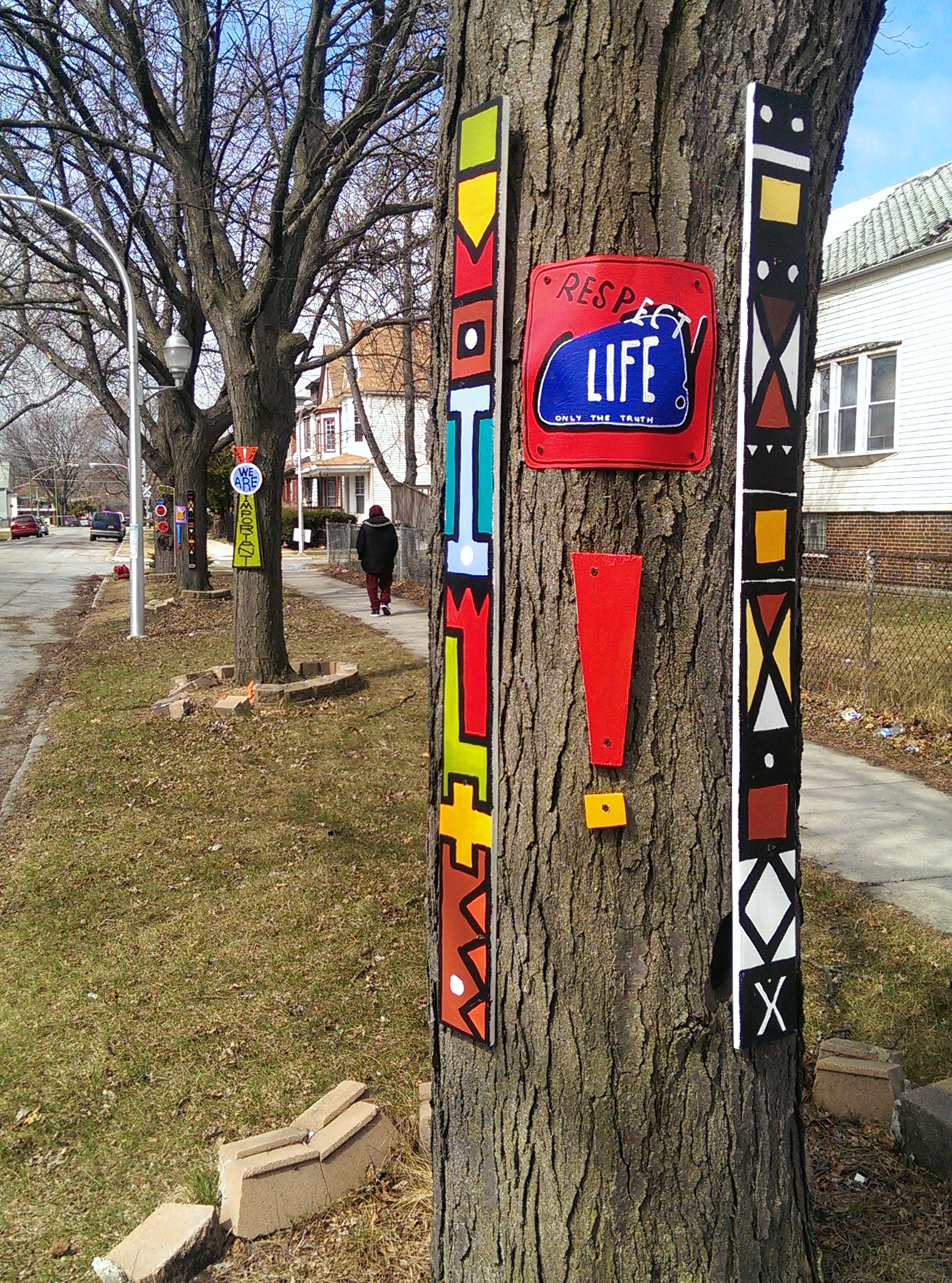Segregation is not only a matter of geographical space. It sometimes means the segregation in which we corner ourselves mentally. The afflicted and restricted are sometimes people who we know well, our neighbors, our brothers, sisters, friends, and co-workers. The spectrum is wide.
A few weeks ago, while driving by the Humboldt Park community, I felt as if i was driving in a different city. Poverty is evident. Drugs and violence dominate the streets. But at the end of every dark tunnel, there is a light of hope. I saw families walking, going about their day, small food establishments in the middle of empty lots, people lined up to enjoy some street food. I questioned if they feared their surroundings. I questioned if they felt happy with their life. Do they feel restricted? Do they feel afflicted? Do they know they are segregated?
Later that day I stopped at a small restaurant, a homeless man went inside, stumbling to walk he fell on top of a table. A restaurant employee kindly asked him to leave. There was kindness in his tone, but firm in his request. The homeless man refused. He was escorted out. He kicked his feet as he was dragged out. The people in the restaurant were quiet, but soon resumed their chats as they went back to eating their food. I let a thought escape, "Why can't he act normal?" I regretted the comment quickly. How can there be no segregation, if we have no tolerance for people who are suffering? it makes us uncomfortable and we want it out of sight. How do we make room for those who are suffering?
Sketches made by our artists
Cocomocha studio in partnership with Las Artelitas are joining forces to create the second #drivebyart project "Segregated City: Make Room for the Afflicted and the Restricted" with contributions of several Chicago artists. This theme is dedicated to all those who are suffering, those who are restricted, those who feel they don't deserve to be happy. We bring art to those who cannot experience it in their day to day life. We make art to inspire and bring unity. We create art to break barriers; segregation and separation. Only when we are able to face the issues in our communities can we truly begin to understand that we are all part of the same force; that perhaps we can get closer to a better future one painting at a time.
written by Sandra Lara


